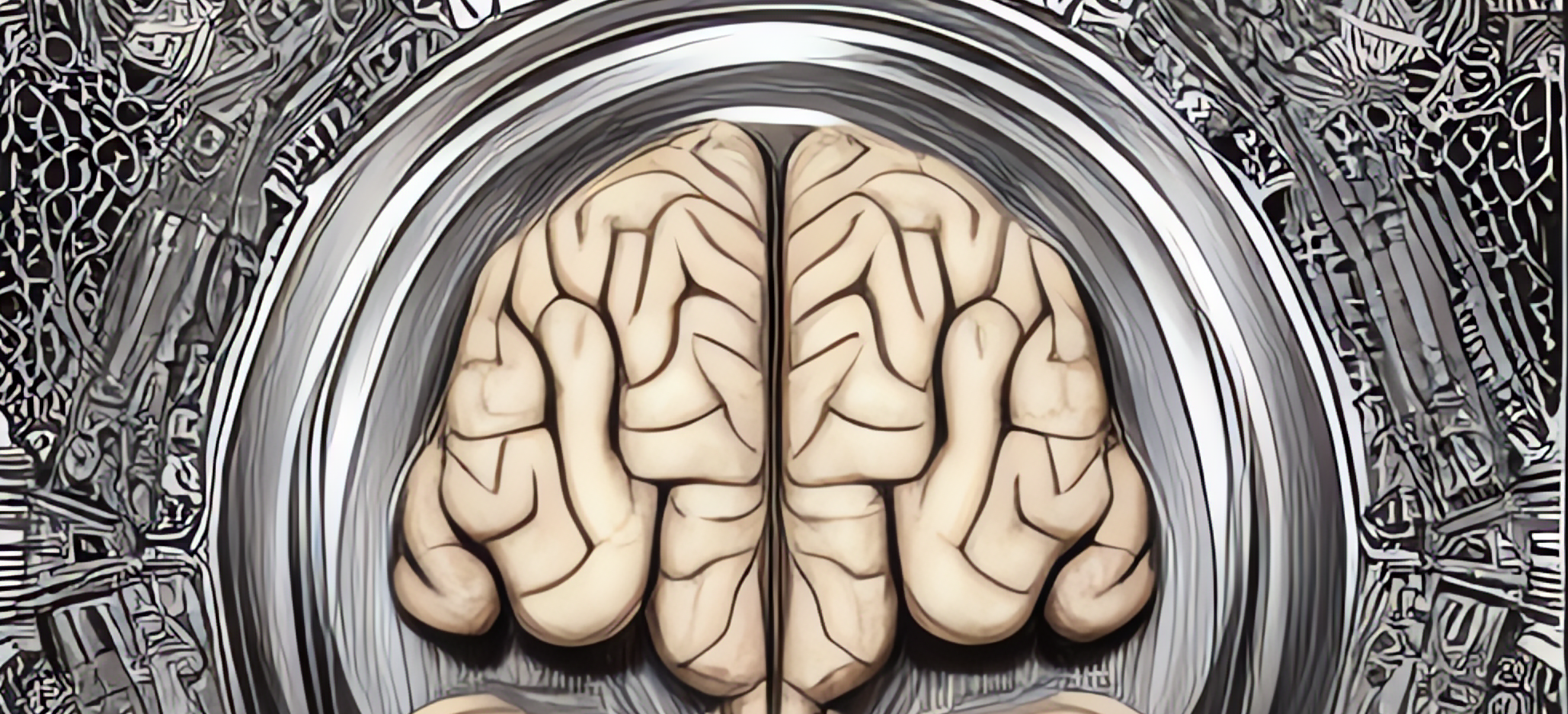The Dawn of Brain Computing: Neuralink, AI, and the FDA's Green Light
 Anirudh Asher
Anirudh Asher
The latest milestone in recent news that is creating a storm, is the FDA granting permission to Neuralink, Elon Musk's ambitious brain-machine interface venture, to begin human trials. As AI has progressively become adept at interpreting human thought, we're at an exciting precipice. The potential to utilize human brains akin to a docker swarm or as fog computers is not only fascinating but could change how we view computing forever, pushing us closer and closer to a Matrix-like reality.
Let's start with Neuralink. For those who may be unfamiliar, Neuralink is a neural tech company co-founded by Elon Musk, aiming to implant wireless brain-machine interfaces that could merge human consciousness with artificial intelligence. The FDA’s green light signals an unprecedented leap into the unknown, opening up immense possibilities for the future of tech and human cognition[^1^].
In a recent paper published in Nature journal, AI was able to interpret human thoughts via non-invasive methods[^2^]. It's a realm we've been probing for years, and we're now beginning to see tangible results. In conjunction with Neuralink's breakthrough, it marks the onset of an era where human cognition could drive a whole new form of computational power especially as we will be able to conduct IO actions, just as we do with standard computers.
Now, the concepts of docker swarm and fog computing become relevant here. Docker swarm[^3^] is a clustering and scheduling tool for Docker containers. It allows IT administrators and developers to create and manage a swarm of Docker nodes as a single virtual system. Fog computing[^4^], on the other hand, is a decentralized computing infrastructure in which data, compute, storage, and applications are distributed in the most logical, efficient place between the data source and the cloud.
Envision the human brain, with its approximately 86 billion neurons, operating like a docker swarm. Each neuron, like a docker node, could potentially be harnessed to perform tasks, manage data, and even communicate with other 'nodes.' Meanwhile, the principle of fog computing could apply to the brain's decentralized nature, processing and utilizing information at logical junctions within the neural network.
This revolutionary idea could significantly impact several fields, including computing, AI, neuroscience, and healthcare. It could potentially transform how we treat neurological disorders, approach machine learning, or even perceive consciousness.
However, we're stepping into uncharted territory, and with it comes a slew of ethical and safety considerations[^5^]. The integration of AI and human cognition at such an intimate level raises questions about data privacy, security, and even the fundamental nature of human agency, identity, ethics and bad actors.
Despite these challenges, the potential benefits are staggering. Imagine harnessing the computational power of the human brain, integrating it with AI, and producing an unprecedented surge in processing capability. The possibility of being able to communicate with comatose patients through minimal risk, brings us along to a dawn of technology and possibilities previously unimagined.
There may even come a day when humans that are asleep could potentially contribute towards cancer research with the unused processing power of their brain as they sleep. Fiction is slowly turning into fact.
As we journey into this new frontier, one thing is certain: the symbiosis of AI and human cognition will redefine the boundaries of what we currently perceive as possible. Buckle up; we're in for an exhilarating ride into the future!
[^1^]: Person and Rachael Levy, M.T. (2023) Elon Musk’s Neuralink wins FDA approval for human study of brain implants, Reuters. Available at: https://www.reuters.com/science/elon-musks-neuralink-gets-us-fda-approval-human-clinical-study-brain-implants-2023-05-25/ (Accessed: 27 May 2023).
[^2^]: Tang, J., LeBel, A., Jain, S. et al. Semantic reconstruction of continuous language from non-invasive brain recordings. Nat Neurosci 26, 858–866 (2023). https://doi.org/10.1038/s41593-023-01304-9
[^3^]: "What is a swarm?" Docker Documentation, https://docs.docker.com/get-started/swarm-deploy/
[^4^]: Bonomi, F., et al. "Fog computing and its role in the internet of things." Proceedings of the first edition of the MCC workshop on Mobile cloud computing. 2012.
[^5^]: Ienca, M., & Andorno, R. (2017). "Towards new human rights in the age of neuroscience and neurotechnology
Subscribe to my newsletter
Read articles from Anirudh Asher directly inside your inbox. Subscribe to the newsletter, and don't miss out.
Written by

Anirudh Asher
Anirudh Asher
Founder and Lead Innovator at Atomic Asher LLP